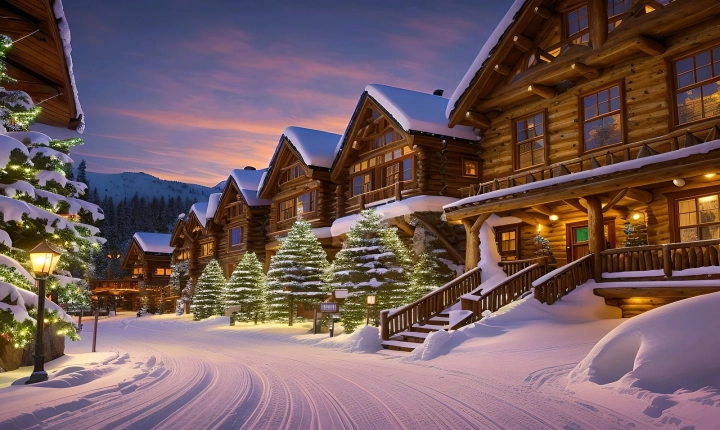Title: The Evolution of Art: How AI is Redefining Creativity
Artificial Intelligence (AI) has revolutionized countless industries, and the world of art is no exception. As AI continues to advance at a rapid pace, its impact on the creation and appreciation of art is becoming increasingly profound. From generating original artworks to enhancing the creative process for human artists, AI is reshaping the art world in ways that were once unimaginable.
One of the most striking developments in the intersection of AI and art is the emergence of AI-generated art. Generative Adversarial Networks (GANs) and other machine learning algorithms have been used to create stunning, original artworks that blur the lines between human and machine creativity. These AI-generated pieces have challenged traditional notions of authorship and creativity, prompting discussions about the nature of art and the role of the artist in a world where machines can also be creators.
AI has also become a powerful tool for artists, providing them with new ways to explore and expand their creative horizons. For example, AI algorithms can analyze vast amounts of data to identify trends and patterns in art history, enabling artists to draw inspiration from a wide range of sources. Moreover, AI can assist in the creation process by suggesting new ideas, styles, and techniques, ultimately pushing artists to experiment and innovate in ways they may not have considered before.
Furthermore, AI has the potential to democratize art by making it more accessible to a broader audience. Virtual reality (VR) and augmented reality (AR) technologies powered by AI can create immersive art experiences, allowing people to engage with art in new and transformative ways. Additionally, AI-driven platforms and apps can help individuals explore and discover art that resonates with their unique interests and tastes, thereby broadening the reach of artistic expression and appreciation.
However, as with any disruptive technology, AI’s impact on the art world also raises complex ethical and philosophical questions. For instance, there are concerns about the potential devaluation of human creativity and expression in the face of AI-generated art. Additionally, issues related to copyright, intellectual property, and the digital manipulation of art are being redefined in the context of AI-generated works.
Despite these challenges, the integration of AI into the art world holds tremendous promise. By collaborating with AI, human artists can unlock new avenues for exploration and self-expression, fostering a symbiotic relationship between human creativity and machine intelligence. Moreover, AI technologies have the potential to inspire new forms of artistic expression and to facilitate greater diversity and inclusivity within the art community.
In conclusion, the influence of AI on art is shaping a dynamic and evolving landscape that challenges conventional boundaries and propels the art world into uncharted territory. As AI continues to evolve, it will undoubtedly continue to redefine the nature of creativity, authorship, and artistic expression. With thoughtful consideration and a proactive approach, the fusion of AI and art has the potential to generate a new renaissance of innovation and inspiration for artists and art enthusiasts alike.
